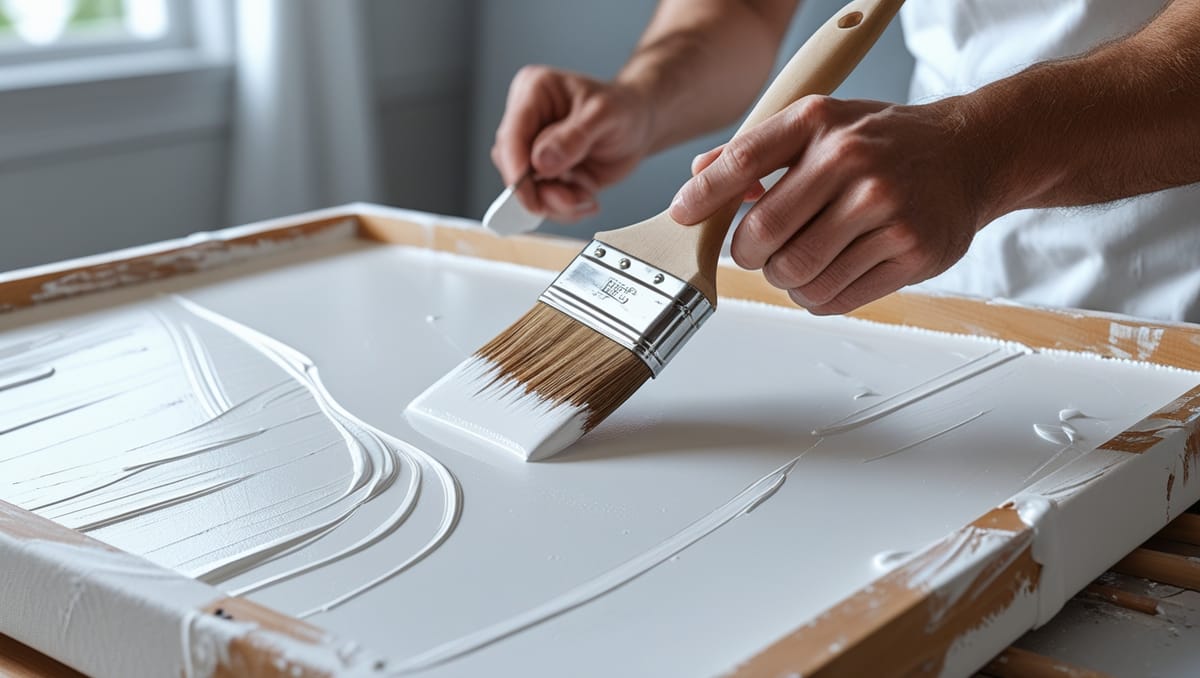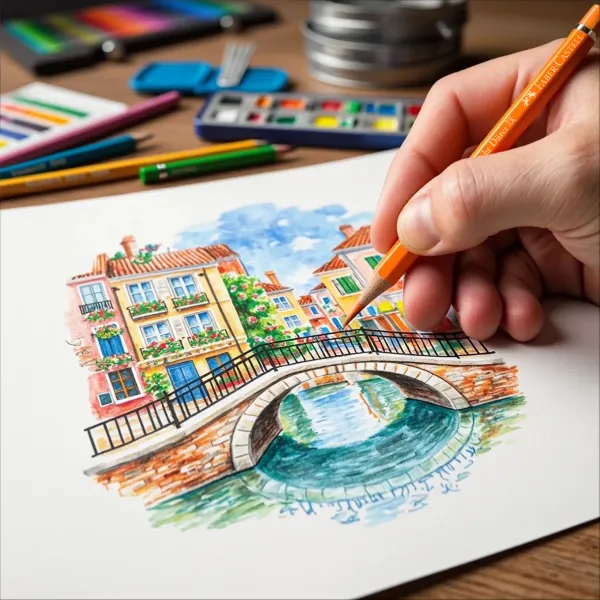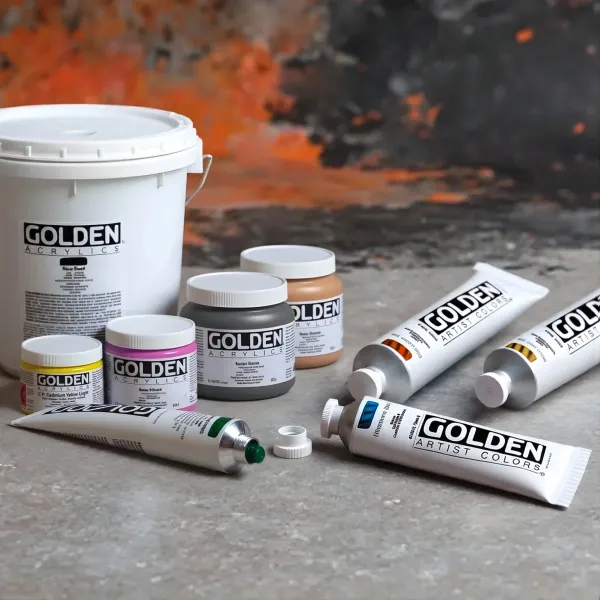How to Prime Canvas for Painting?
Learning how to prime canvas properly is one of the most important steps before you start painting. For acrylics or oils, priming helps seal the surface and create the right texture for your brushstrokes.

Eventually, most artists will want to prime their canvas to create custom sizes and to save money versus purchasing pre-stretched canvas. There are many different steps in creating a quality work that could become a famous piece of artwork, right down to the initial stages of building a canvas. But how to prime a canvas properly? This guide will explain everything about the process properly and get the best results for your painting.
Required Tools and Materials to Prime a Canvas
Before starting, you must know which tools and materials you need to prime your canvas. If you are a beginner, it may be difficult to determine exactly what tools and materials will be needed. As with all aspects of creating a work of art, you will find that practice is needed and will lead to this becoming an essential part of the painting process. You will need:
Canvas Materials
- Roll canvas and stretcher strips to create your painting surface
- Recommended brands for roll canvas include Artfix, Caravaggio, Claessens, & Fredrix
- Fredrix canvas rolls tend to be a little less expensive than the other brands mentioned, making their products a great choice for beginners or students
Primer and Application Tools
- Gesso - a popular choice of primer with a thick white liquid consistency. This type of primer is readily available in all art supply stores and online. There are many other types of primer to choose from, but acrylic gesso is the most popular. Some are clear, and others have a tint of color
- Paint stirrers will be needed to mix Gesso with water or a thinning agent
- Plastic container with ample size for addingthe thinning agent as needed to prime a canvas.
- Gesso brushes for application, which should have nylon bristle,s making for ease of cleaning
- Water will be needed to make spreading the Gesso easier as it was act as a thinning agent
Finishing Materials
- Fine-grain sandpaper will be used for sanding between layers of primer
- Soft, clean cloth is needed for wiping away the dust from sanding before adding the next layer of Gesso
Buy the best quality linen canvas and start your painting journey today
How to Prime Your Canvas: Step-by-Step Guide?
To get the best result, you must follow the proper priming instructions. Here are some you can start with:
Step 1: Diluting the Primer
Diluting the primer will be the first step in priming a canvas. For a rougher texture on your canvas, you may want to use only one application of Gesso that has not been diluted. Smoother finishes will be created using two thinly applied coats of primer that have been diluted. Most use water to dilute primer. By following the manufacturer's instructions, you can get the right ratio for dilution. If too much water or a thinning agent is added to the primer, the canvas may crack once it has been allowed to dry. Gesso should not be diluted in the original container, and primer that has not been used should never be placed back into the original container. Simply throw away any unused portion of Gesso.
Step 2: Applying the First Coat
After diluting the Gesso, you are ready to begin applying the mixture to your canvas. Your first coat will need to be applied from left to right using parallel brush strokes. Brush the second coat of Gesso from top to bottom.
Step 3: Drying and Sanding
A first coat of primer will need to dry for sixty minutes or longer, and then sanded using your fine grain sandpaper. Be sure to wipe the dust from sanding with a clean, soft damp cloth before beginning to apply the second coat.
Step 4: Final Coat and Curing
Once the second coat has been applied, it should dry for a full twenty-four hours or more before you begin to paint. Place the primed canvas on a flat surface to prevent running of the Gesso while it is still wet.
This is how you prime a canvas properly
Important Safety Tips
Always keep in mind that once Gesso has dried, it will no longer be water soluble. You should always maintain your Gesso brush in a damp condition. This will prevent Gesso from adhering to the bristles of your brush as well. You should never pour primer down a drain in your sink. It will dry quickly and clog the drain. You should try to work quickly and immediately clean your brush.
Why Prime Your Canvas?
Priming your canvas properly is very important. This will protect the canvas from the deteriorating effects when using oil paints. Oil, alkyd, and acrylic paints will properly adhere and be supported by a canvas that has been correctly primed. Sealing and priming are imperative in preparing your canvas.
Before applying the first stroke of your brush, you must learn to prime your canvas. Priming will cause a neutralization of the natural tan hue in the material, which will prevent it from altering the color of the completed painting. Priming helps to create a smooth, non-porous surface with a finished look that is more even. In the following, there are some basic tips and suggestions for learning to properly prime an artist's canvas.
Final Notes
Although there are many techniques to prime a canvas, this is one of the most common, especially among beginning artists. Some more accomplished artists often prepare and prime their canvases and allow them to stabilize for months before actually using them.




